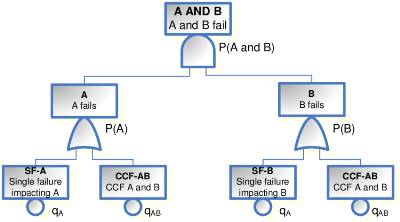An aspect which strikes me in the Covid-19 crisis is that it is a typical case of a situation made significantly worse by ‘common-cause’ failures. This is a typical situation in snowballing industrial accidents, which we now see unfolding at global scale.

‘Common-cause failures’ is a situation where the same root cause affects several aspects of the system, and specifically those aspects which were supposed to back-up each other. When they happen, they worsen significantly the outcome of incidents because they remove redundancy. Recent examples in large accidents include: tsunami and subsequent flooding in Fukushima, which damaged all redundant nuclear reactor cooling systems; a flock of geese that stuck both engines at the same time on the aircraft that finally landed on the Hudson river, etc.
For industrial risk engineers, preventing common cause failures is the number one action to prevent major accidents because major accidents by definition are accidents that will bypass all redundancies built in the system.
And this is exactly what happens with the Covid-19. A lot of complaints on the availability of hospital beds and medical supplies are based on the fact that no planning considered the simultaneous problem to happen nationwide and globally. Spare capacity elsewhere was not available any more to compensate for a local overwhelming need. Europe plans was relying on China providing supplies; US emergency response was relying on relocating local casualties to other states…
Thus Covid-19 is a common cause failure and this explains the extent of the snowballing crisis we observe, as many redundancies built in our institutions and supply chains have been affected.
